
How much protein is there in kabuli chana?
Kabuli chana, also known as chickpeas or garbanzo beans, is a versatile legume that is not only delicious but also packed with nutrition. One of the key nutritional components that make kabuli chana a powerhouse is its high protein content.
In just 100g of kabuli chana, you can find a significant amount of protein, making it an excellent plant-based protein source for vegetarians and vegans. This nutrient-dense legume is a great addition to any diet, especially for individuals looking to increase their protein intake without relying on meat or dairy products.
Whether you enjoy kabuli chana in curries, salads, or snacks, incorporating this legume into your meals can help boost your protein intake and contribute to your overall nutritional needs. Stay tuned to discover more about the nutritional profile and benefits of protein in kabuli chana in the upcoming sections.

Nutritional Profile of Kabuli Chana
A cup (164 g) of cooked kabuli chana provides:
Calories |
269 |
Protein |
14.5g |
Fat |
4g |
Carbohydrates |
45g |
Fiber |
12.5g |
Manganese |
74% DV |
Folate (Vitamin B9) |
71% DV |
Copper |
64% DV |
Iron |
26% DV |
Zinc |
23% DV |
Phosphorus |
22% DV |
Magnesium |
19% DV |
Thiamine |
16% DV |
Ways to Incorporate Kabuli Chana in Your Diet
Looking to boost your protein intake with the goodness of kabuli chana? Here are some creative and delicious ways to add this nutritious legume to your meals:
Chickpea Salad: Create a refreshing salad by combining boiled kabuli chana with diced cucumbers, tomatoes, bell peppers, and a sprinkle of feta cheese. Drizzle with olive oil and lemon juice for a zesty finish.
Chana Chaat: Make a flavorful chana chaat by mixing boiled kabuli chana with chopped onions, tomatoes, green chilies, and a blend of spices like chaat masala and cumin. Squeeze a bit of lime juice for that extra tanginess.
Hummus: Whip up a batch of creamy hummus by blending boiled kabuli chana with garlic, tahini, lemon juice, and olive oil. Pair it with whole grain crackers or use it as a dip for veggie sticks.
Chana Curry: Prepare a hearty chana curry by sautéing kabuli chana with onions, tomatoes, and a medley of aromatic spices. Serve it with rice or roti for a fulfilling meal.
-
Chana Wrap: Fill a whole wheat wrap with a mix of kabuli chana, crunchy veggies, and a dollop of yogurt-based dressing for a quick and nutritious grab-and-go lunch option.
Incorporating kabuli chana into your diet not only adds a protein-rich component but also brings a burst of flavor and texture to your meals. Bon appétit!

Nutritional Analysis: Protein in Kabuli Chana
Kabuli chana emerges as a nutritional powerhouse, particularly due to its remarkable protein content. With approximately 19 grams of protein per 100 grams, kabuli chana stands out as a rich plant-based protein source that can be a valuable addition to any diet.
The significance of protein in our daily nutrition cannot be overstated. Proteins play a crucial role in muscle growth, tissue repair, enzyme production, and overall immune function. By incorporating kabuli chana into our meals, we can enhance our protein intake and support these vital bodily functions.
Moreover, the benefits of kabuli chana extend beyond its protein content. This legume is also a good source of fiber, vitamins, and minerals, offering a well-rounded nutritional profile that can contribute to improved digestion, heart health, and blood sugar regulation.
By including kabuli chana in our diet, we not only boost our protein intake but also harness a range of health benefits. Whether enjoyed in salads, curries, or snacks, kabuli chana provides a versatile and nourishing option for promoting overall well-being. Make the most of this nutrient-packed legume and elevate your meals with the goodness of protein-rich kabuli chana.
FAQs
-
How much protein is there in kabuli chana?
Kabuli chana, also known as chickpeas, is a great source of protein. In one cup (164 grams) of cooked kabuli chana, there are approximately 14.5 grams of protein.
-
Is kabuli chana a good protein source for vegetarian diets?
Yes, kabuli chana is an excellent protein source for vegetarian diets. It provides essential amino acids that are important for overall health.
-
How does the protein content in kabuli chana compare to other legumes?
Kabuli chana has a higher protein content compared to many other legumes. It is a particularly good source of plant-based protein.
-
How can I incorporate kabuli chana into my diet to increase protein intake?
You can add cooked kabuli chana to salads, soups, stews, or use it in dishes like chana masala or hummus to increase your protein intake.
-
Are there any special cooking techniques to maximize the protein content in kabuli chana?
To maximize the protein content in kabuli chana, it is recommended to soak the chickpeas overnight before cooking them. This can help improve digestibility and nutrient absorption.
This Blog post is an initiative by Lo! Foods, to provide accurate and Nutritionist / Doctor approved information related to Health. Lo! Foods is India's leading brand for Everyday Functional Foods. Foods designed for specific Health conditions or Needs. Lo! Foods also runs India's largest range of Low Carb Healthy Cloud Kitchens, under the brand names of Lo!, ProteinChef, ATH (All Things Healthy) and DiabeSmart.
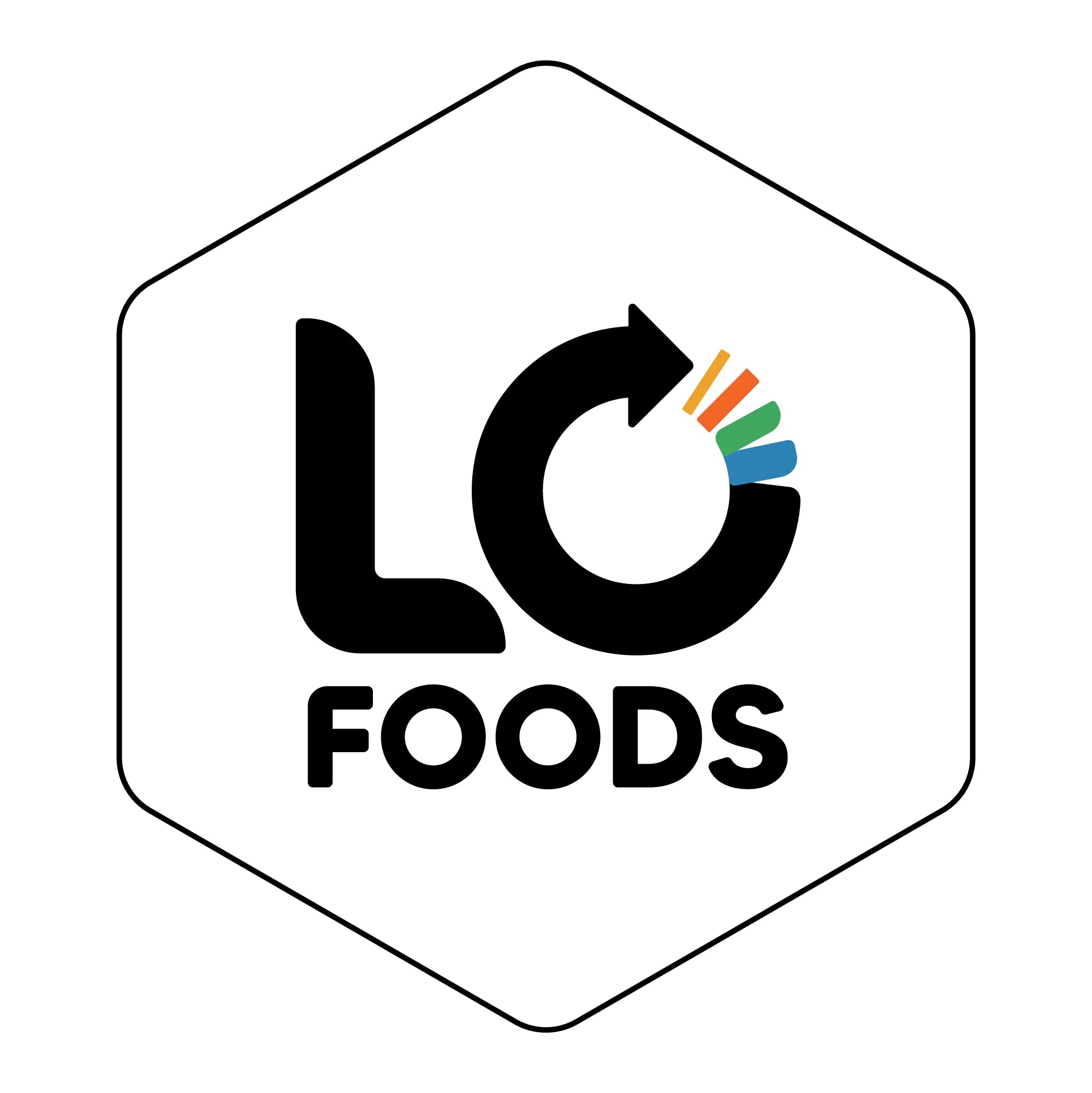


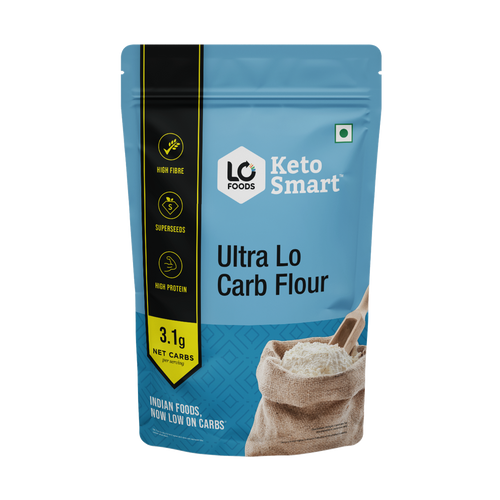
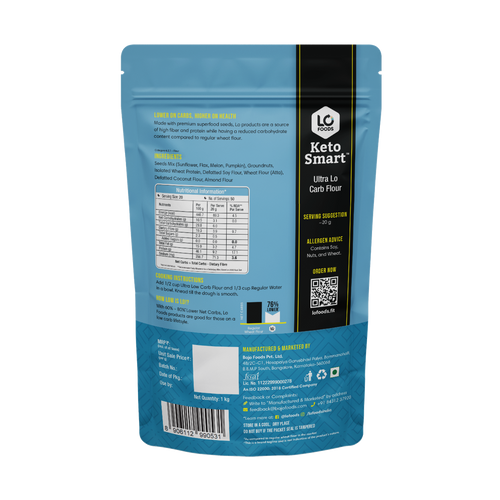
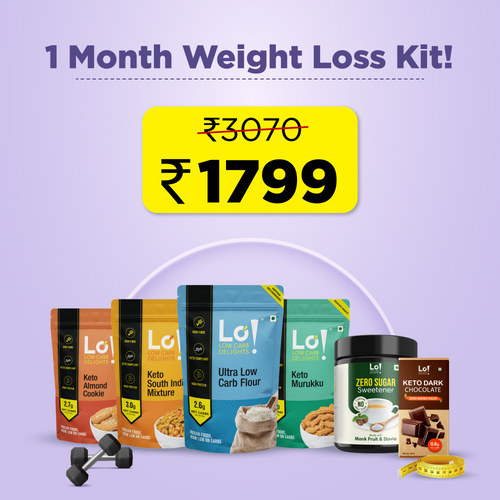
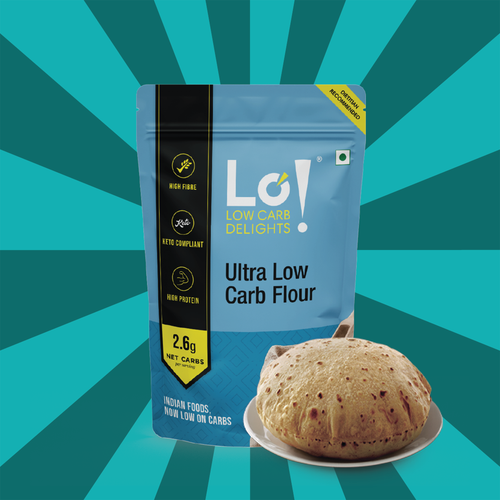


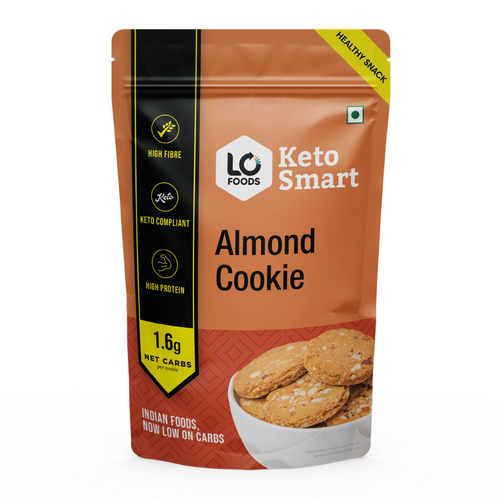
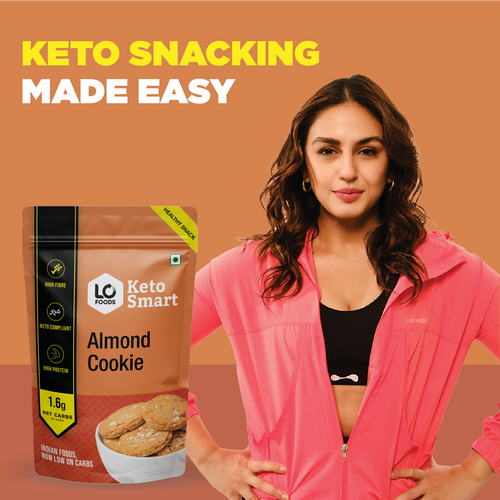




Leave a comment
Your email address will not be published.